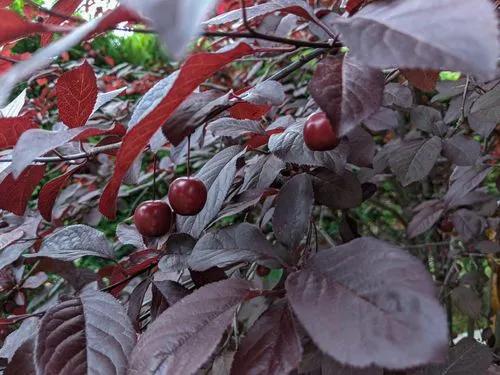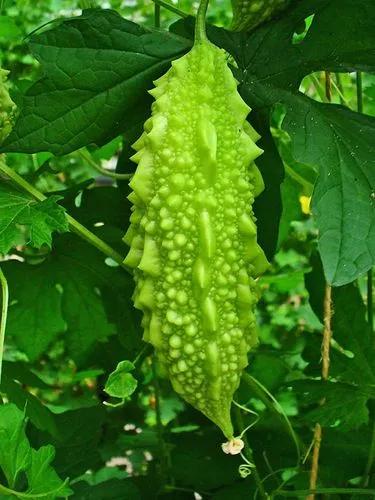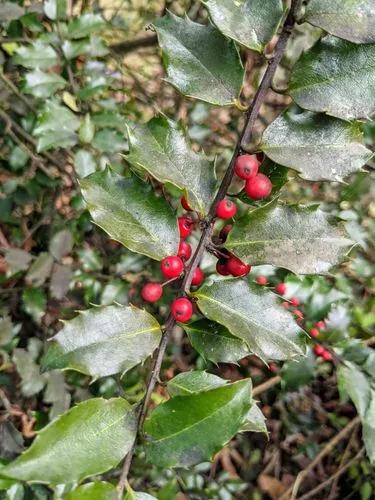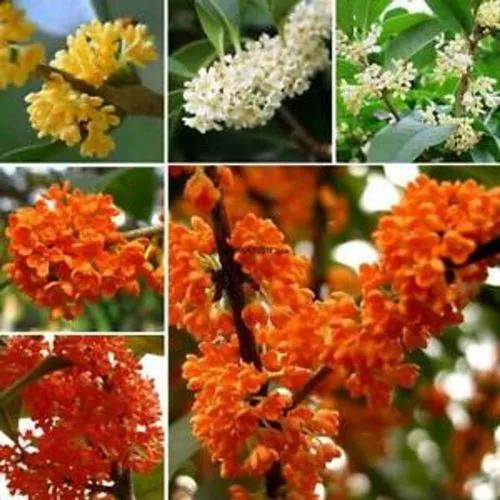Kumquat is a miniature tree that lives in China and Southeast Asia in the wild. This plant was brought to Europe and America in the 19th century, and since then, Kumquat has become popular among lovers of exotic plants. Kumquat is easy enough to grow at home, so the plant is great for beginners.
Kumquat Care
Citrus japonica



Kumquat is a member of the citrus family. Outwardly, it resembles a small, branched orange tree with dark green oblong leaves. At home, the Kumquat can reach 5-8 feet in height (1.5-2.5 meters). The width is 3-6 feet (1-1.8 meters). The fruits of the plant resemble small, elongated oranges, 1.5-2 inches (3-5 centimeters) long. The kumquat fruit is completely edible and has a sweet and sour taste.
How to Care for the Plant

Water

In spring and summer, Kumquat needs abundant watering with warm, settled water. Do not let the soil dry out; remove excess water from the pan. In winter, Kumquat needs watering about 1-2 times a week. This plant loves moisture so you can spray it.

Pruning

Kumquat does not need pruning. You should remove fallen leaves from the container, so they do not start to rot there.

Fertilizer

You need to fertilize from March to September once every two to three weeks. During the period of growing green mass, flower growers use top dressing with a large amount of nitrogen; in the flowering phase, phosphorus-potassium fertilizer is suitable. In the fall, you only need to apply potassium.

Sunlight

Kumquat is a photophilous plant, so it should stand in a sunny window with diffused light. You only need to protect it from burning rays, so they do not damage the foliage. In winter, the plant needs direct sunlight. With a lack of lighting, you may use a fitolamp. The warmer the room, the more light the Kumquat requires.

Soil

"Golden orange" needs good drainage, about a quarter of a container. Next, you would need special soil for Kumquat. You can prepare it yourself. To do this, you would need garden and turf soil, peat, and sand in a ratio of 2:2:2:1.

Propagation

You can grow a Kumquat at home from seed, grafting, or cuttings. Gardeners recommend propagating Kumquats through seeds. To do this, you need to plant the seeds in a mixture of soil and sand and cover the container with a membrane to create a greenhouse. You need to water the sprouts regularly to keep them slightly damp all the time. After 1.5 - 2 months, when the Kumquat sprouts, you need to transplant it into a ready-made container.

Temperature

As with most tropical plants, drafts or below-normal air temperatures can be dangerous for Kumquat. The optimum summer temperature for the plant is 77-86 degrees Fahrenheit (25-30 °C). Winter temperatures should not be lower than 54-63 degrees Fahrenheit (12-16 ° C). Remember, the plant is afraid of cold and sudden changes in temperature.

Container

You should better choose a medium-sized container for your Kumquat. This plant needs repotting as it grows, about every 2-3 years.

Fun fact

The name Kumquat means "golden orange" in Chinese. In Japan, the plant is called the "golden apple."

Popularity

15,939 people already have this plant 680 people have added this plant to their wishlists
Discover more plants with the list below
Related articles






